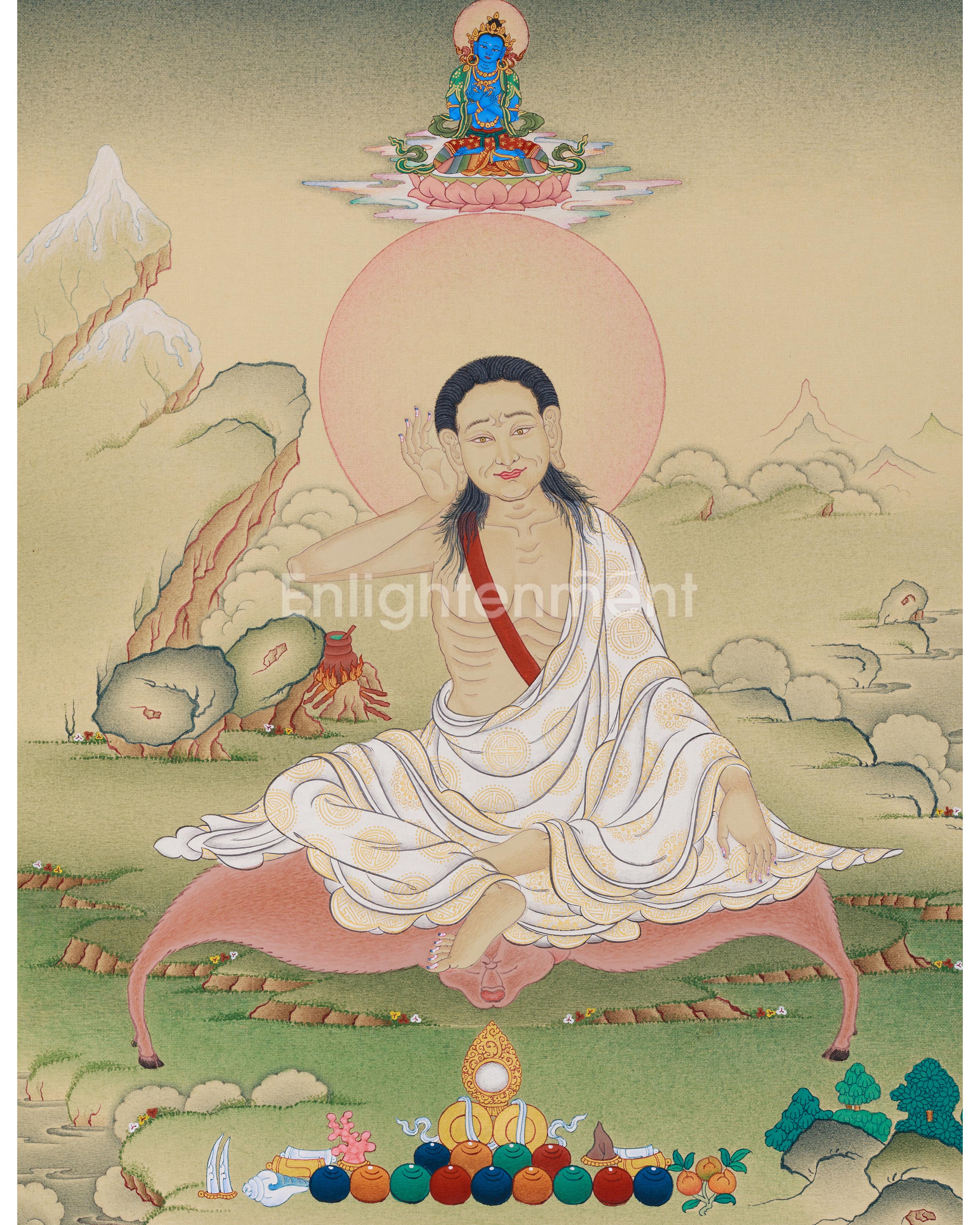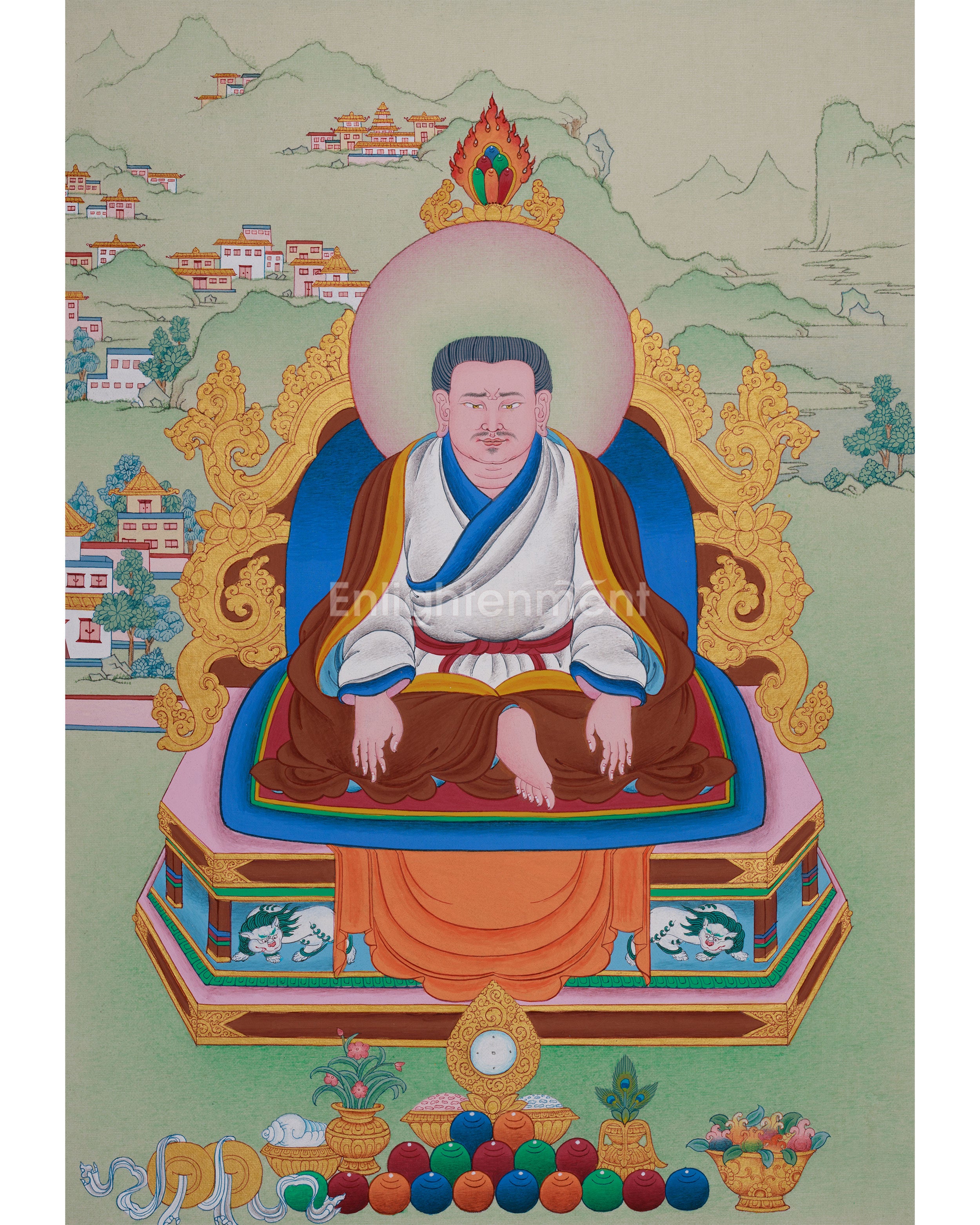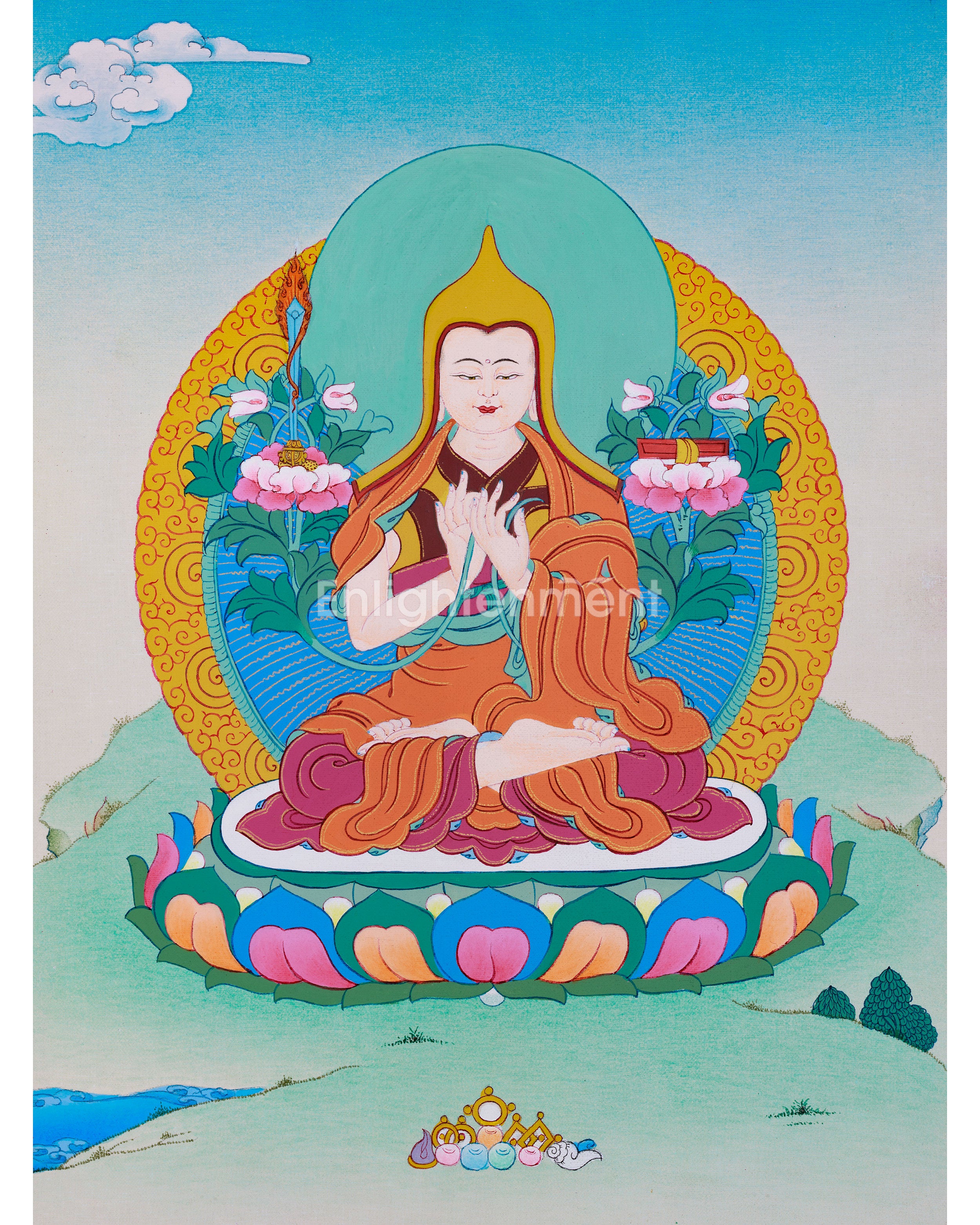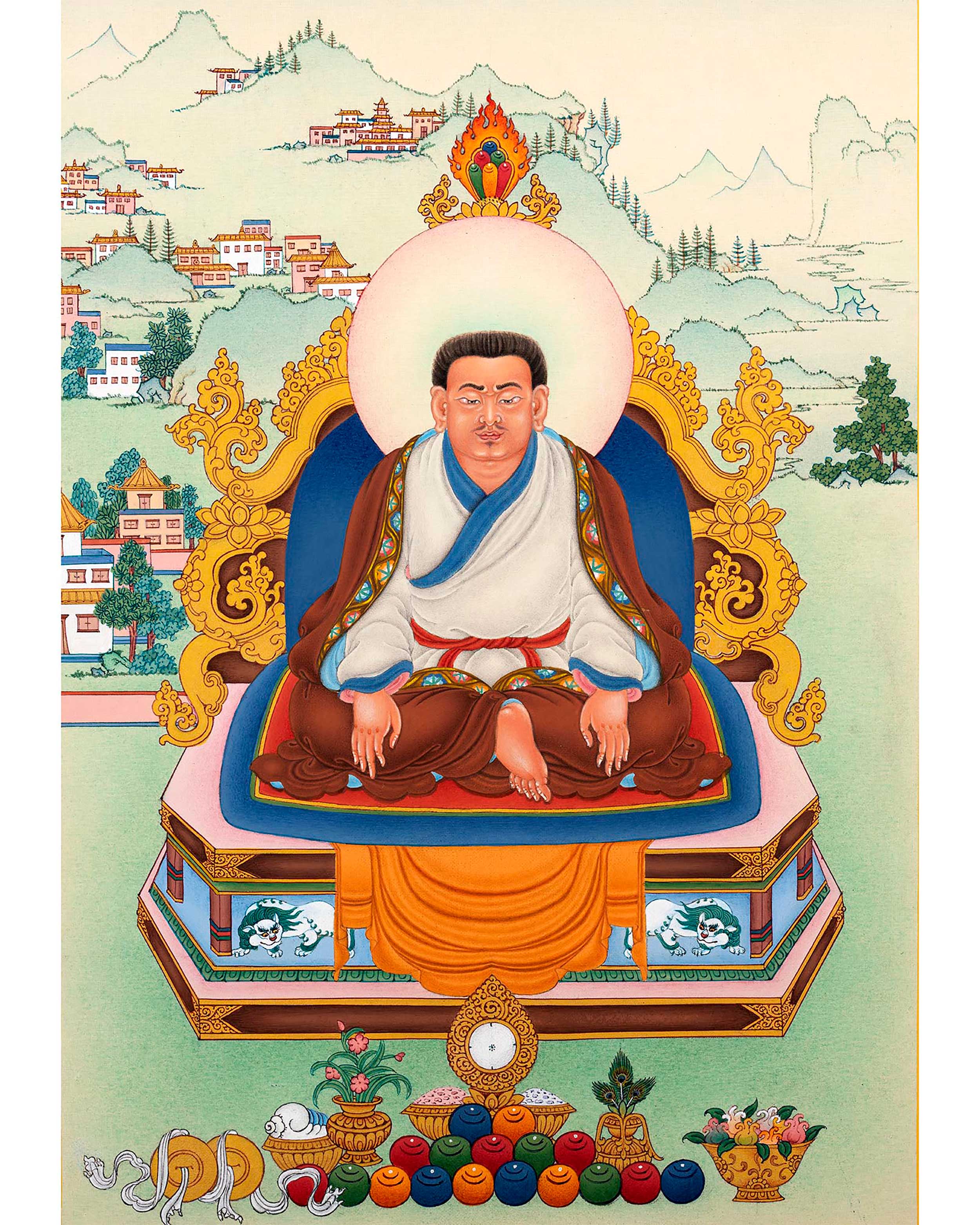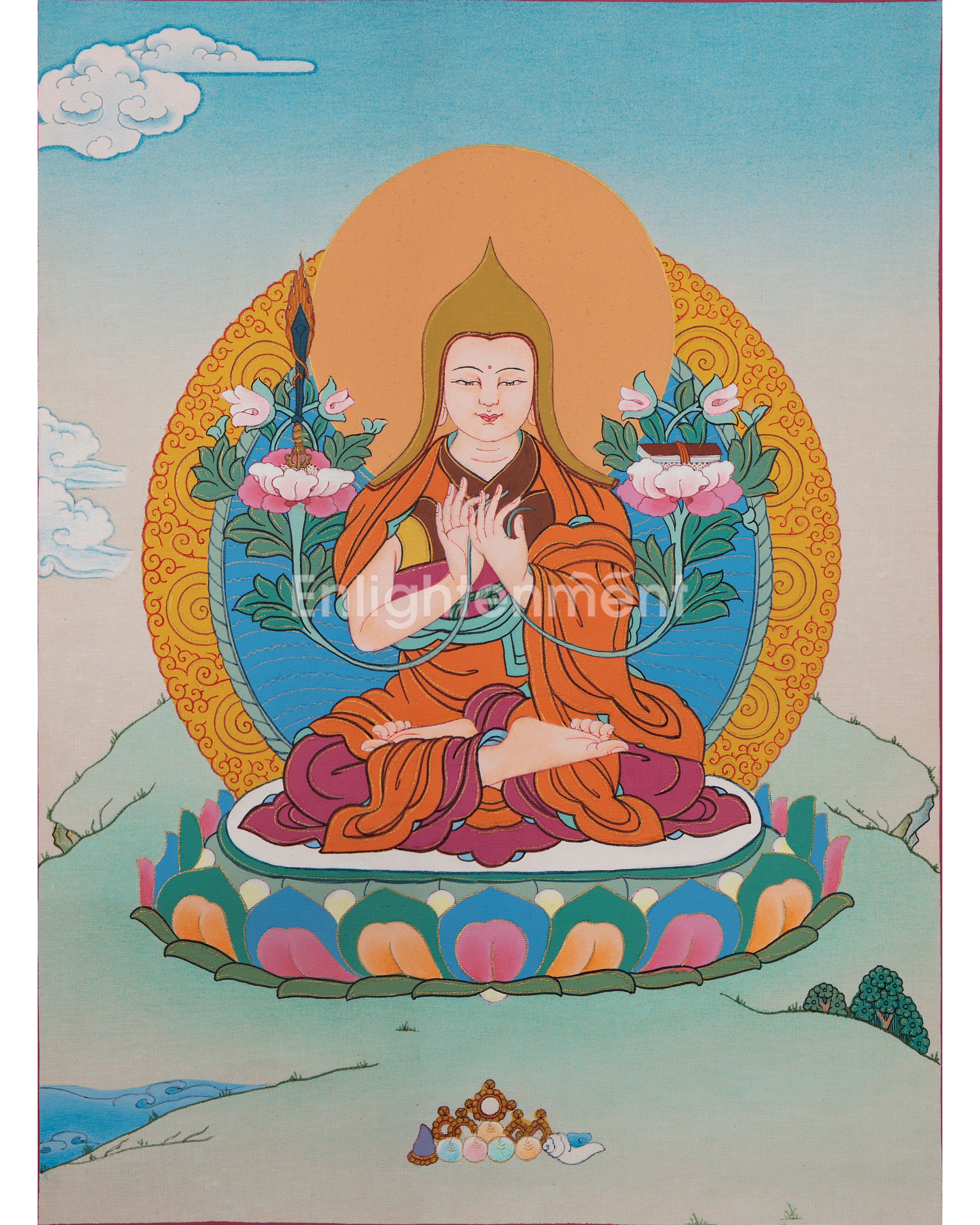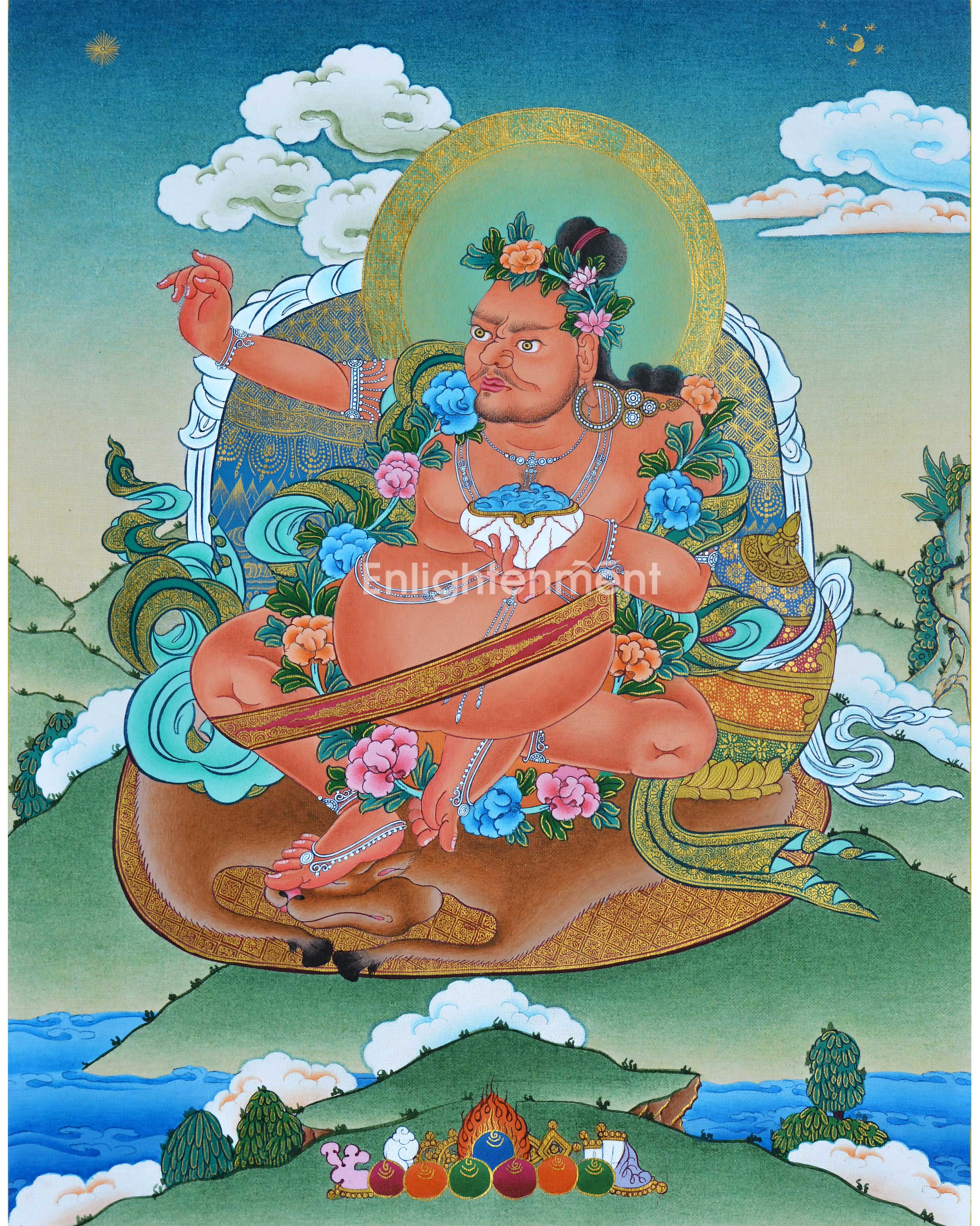Buddhist Masters
7 products
Showing 1 - 7 of 7 products
Thangka of Buddhist Masters – Authentic Hand-Painted Lineage Art
Guiding Lights on the Path to Enlightenment: In the vast tapestry of Buddhism, a "Buddhist Master" or "spiritual teacher" holds a pivotal role. Through diligent practice, profound comprehension, and realization of the Dharma (Buddhist teachings), these individuals enlighten others and serve as beacons for others.
Bring Home the Blessings of the Masters
Explore and collect sacred lineage art that bridges time, place, and wisdom transmission. These thangkas are not just paintings—they are representations of realized beings whose presence continues to illuminate the path for countless sentient beings. Thangkas of Buddhist Masters represent the living lineage of enlightened teachers who transmit the profound teachings of Vajrayana Buddhism across generations. These sacred artworks serve as visual gateways to devotion, offering, and reflection on the wisdom and compassion embodied by enlightened masters.
Why choose our Buddhist Master Thangka Collection?
At Enlightenment Studio, we honor the sacred lineage of Buddhist teachers through a curated collection of meticulously hand-painted thangkas. Each piece reflects precise iconography, authentic spiritual symbolism, and the skilled craftsmanship of our master artist circle, based in the Himalayan region.
Explore the Living Lineage Through Sacred Art:
Each thangka is an expression of devotion and spiritual continuity, designed to support practice and connection with one’s root teacher or lineage.
-
Guru Rinpoche (Padmasambhava) – the Lotus-Born Master who established Vajrayana Buddhism in Tibet
-
Je Tsongkhapa – founder of the Gelug tradition
-
Marpa, Milarepa, and Gampopa – the three jewels of the Kagyu lineage
-
Sakya Pandita and other masters of the Sakya tradition
-
Atisha Dipamkara – the renowned Bengali master who revitalized Buddhism in Tibet
-
Longchenpa, Jigme Lingpa, and other revered Nyingma tertons
-
Contemporary realized masters such as Dilgo Khyentse Rinpoche and Khenpo Sodargye
Craftsmanship That Honors the Lineage
Each thangka is an expression of devotion and spiritual continuity, designed to support practice and connection with one’s root teacher or lineage.
-
Hand-painted on natural cotton canvas
-
Pigmented with authentic Tibetan stone colors and 24K gold detailing
-
Painted in traditional Karma Gadri and Menri styles
-
Free International Shipping
